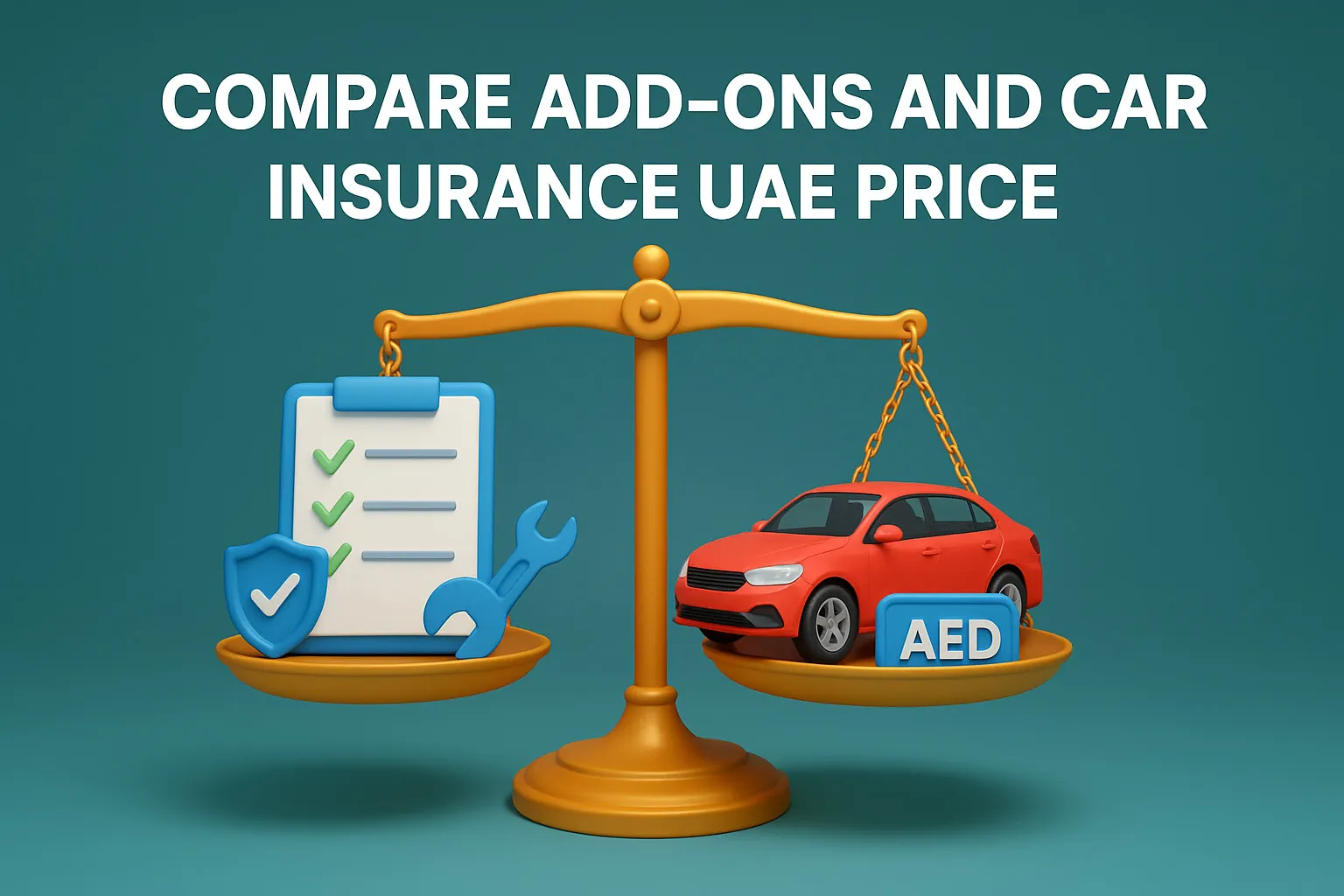Having a car accident is a stressful event. It’s hard enough dealing with the shock and any effects to your body and mind, but then you have the inconvenience and worry of dealing with the damages to your vehicle too.
The first thing to do is to assess the damage sustained. With minor incidents, you may have a decision ahead of whether to deal with the repairs yourself and pay the costs, or make an insurance claim, which would impact your future premiums or potentially affect your no claims discount. If you’ve had a major accident, however, and the damage is extensive, then that decision will almost certainly be taken out of your hands: with the insurance company having the final say in what happens to your vehicle. That’s where the term “total loss” comes into play.
But what does this actually mean? This blog explains total loss insurance claims in easy-to-understand detail.
What is a total loss insurance claim?
Insurance is all about numbers, and when it comes to car insurance claims, it’s the cost of settling them that insurance companies consider the most. This is where the concept of “total loss” comes into play. Put simply, total loss is a way of saying that the vehicle is beyond economic repair in the opinion of the insurance company: when the cost to repair the vehicle and reinstate it to the condition it was in prior to the incident, exceeds a set percentage of the car’s value. This percentage can vary from company to company, so it’s worthwhile checking the figure set by your insurer when taking out your car insurance policy to avoid any potential nasty surprises.
How are total loss car insurance claims calculated?
There are a series of steps that need to be taken in the event of a car insurance claim. And in the event of a major accident, these are even more important, as they help to determine whether the claim will be classified as a total loss insurance claim or not. Here’s a short summary of how the process works:
Step One: Your car insurance company will appoint an independent expert (called a loss adjuster) to inspect the vehicle and assess its condition from a bodywork and mechanical perspective. They will prepare an estimate to reinstate the vehicle back to its pre-accident condition and any other associated costs, and submit it to your insurer for consideration.
Step Two: After completing and submitting the inspection report, the value of your vehicle is calculated based on the following factors:
- Vehicle make and model
- Year of manufacture
- Its mileage
- Its usual condition
- Depreciation (reduction in value attributed to its age and reasonable wear and tear)
- Market forces (whether there is a demand for the vehicle that exceeds supply)
The value the insurance company calculates and considers is the assumed market value of your car in its state prior to the accident. If, after applying their percentage, the extent of damage exceeds this (can be anywhere from 50%-80% of total value depending on the philosophy of the company) then your car will be declared as a total loss by the car insurance company.
Step Three: Your car insurance company will make an offer to you to settle your claim and provide their figure to you. Upon your acceptance, payment will be made to you (usually by cheque) for the amount agreed and the damage vehicle then becomes the property of the insurance company, and is henceforth referred to as salvage. You will need to surrender the keys, vehicle registration document, and any other relevant documentation to insurers as they are now the vehicle’s owner.
Is the total loss insurance claim process the same for both old and new vehicles?
The answer to this question is yes in principle, although the outcome may differ in some cases. This is because of the different factors that come into play when calculating total loss. Let’s look at a simple scenario. You own a 20-year-old vehicle that has been involved in an incident but suffered only minor bodywork damage: however, your friend owns a brand-new vehicle that has been involved in a major incident and has extensive body and mechanical damage. Your car insurers have told you your vehicle is being classified as a total loss, whereas your friend’s has not and is being repaired. Why is that? Well, since your car as an older vehicle will have a much lower value, the ratio of repairs to value is likely to exceed the percentage limit set by your insurer, whereas although your friend’s car has significantly more damage, the value of the vehicle is much higher and therefore the repair to value ratio is lower and does not exceed the total loss threshold. Make sense?







